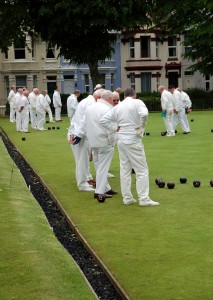It’s essential for strong teeth and bones; I know that much from school, but where does Calcium fit into a bowling green maintenance program?
When we hear discussion of soil nutrients, it is usually in terms of Nitrogen, Phosphorous and Potassium; the famous NPK, that we see written on fertiliser bags.
However, there are another 3 major nutrients; these are Calcium, Magnesium and Sulphur.
However, the most overlooked macro or major nutrient in bowling green maintenance is Calcium. Calcium is needed by plants to grow and maintain health. It is a key constituent of cell walls.
If calcium availability is low or compromised grass plants can experience a range of difficulties
- Once fixed, calcium is not mobile in the plant. It is an important constituent of cell walls and can only be supplied in the xylem sap. Thus, if the plant runs out of a supply of calcium, it cannot remobilise calcium from older tissues.
- If transpiration is reduced for any reason, the calcium supply to growing tissues will rapidly become inadequate.
Calcium plays a very important role in plant growth and nutrition, as well as in cell wall deposition. The primary roles of calcium are:
- As a soil amendment, calcium helps to maintain chemical balance in the soil, reduces soil salinity, and improves water penetration.
- Calcium plays a critical metabolic role in carbohydrate removal in plants.
- Calcium neutralises cell acids.
Therefore the role of calcium in plants must not be overlooked.
In Performance Bowling Greens, a practical guide I go into this in much more detail.

